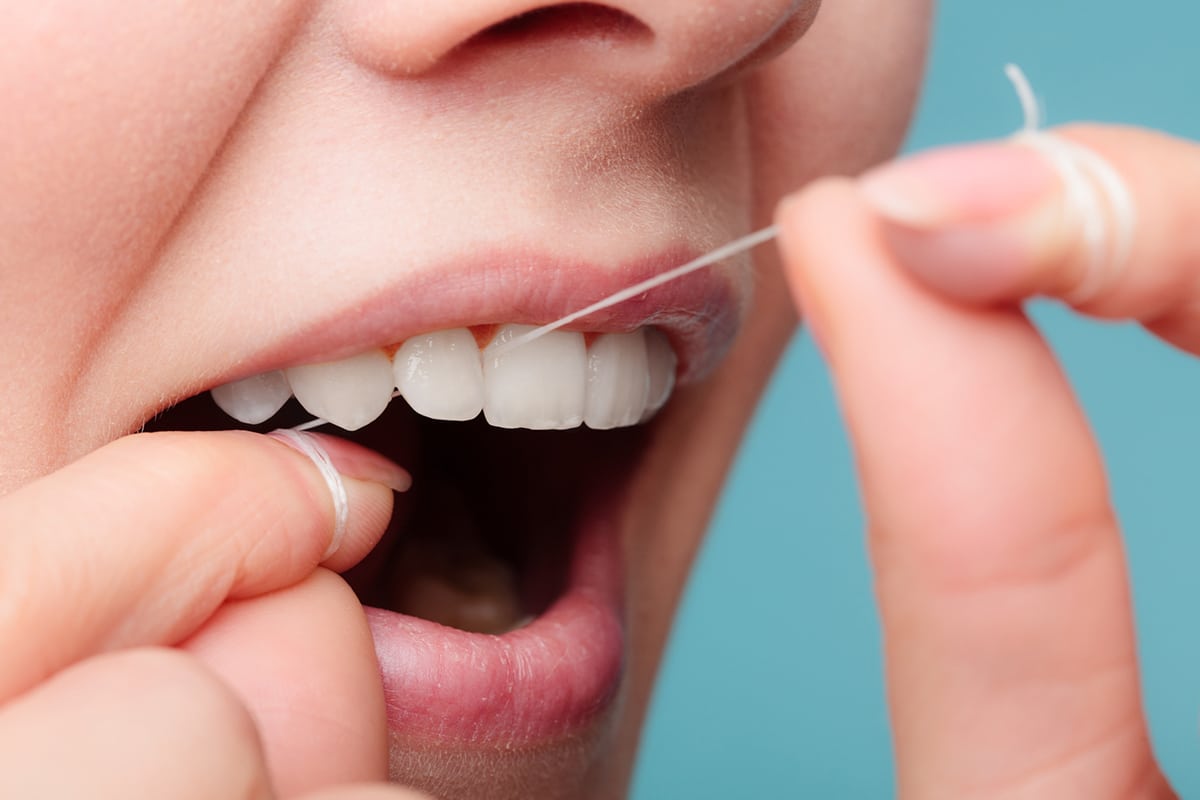
While dentists recommend daily flossing to all their patients, many have difficulty keeping up with this vital activity. Patients may feel uneasy about flossing because they do not want their gums to bleed or do not know the proper technique.
This blog discusses the reasons you should consider flossing daily and provides a step-by-step guide to this crucial activity.
The Importance of Flossing
Removes Plaque and Food Particles
By removing plaque and food particles, flossing lowers the chance that harmful bacteria will grow in your mouth and cause gum disease and tooth decay.
Control Gum Disease
You can reverse gingivitis (the earliest stage of gum disease and reduce bleeding gums with proper attention to home care and regular dental visits.
Freshens Breath
Bad breath or halitosis is a common problem among patients with poor oral hygiene. Flossing removes particles that can attract bacteria and affect your breath.
Protects Against Decay and Tooth Loss
Decay can turn severe and undermine your tooth's structure. If too much of your tooth becomes compromised by decay, you will likely need an extraction and replacement. You may be able to receive a root canal to save your tooth if the decay spreads to the pulp chamber, but enough remaining material would support a crown.
Choosing Your Equipment
You have three main options for flossing your teeth:
- Standard floss: This type of floss is the best-known. It consists of a waxed string or tape that patients guide between their teeth using their fingers.
- Floss picks: If you prefer not to use regular floss, you can also choose a floss pick. A pick is a small Y-shaped plastic object with a piece of floss held taut at one end.
- Water flosser: Many patients enjoy the convenience of a water flosser, especially if they have an aversion to putting their hands in their mouths.
Flossing Step-By-Step
- Cut about 18" of dental floss from your dispenser. Wrap each end around your middle fingers.
- Hold the floss between your thumb and forefinger. Keep a one- to two-inch length in the center that will slide between your teeth.
- Manage the floss with your thumbs. Floss between teeth gently back and forth.
- To access the gumline, curve your floss in a C-shape. Slide the dental floss between your teeth carefully and move gently below the gumline.
- Wind your floss to a new section whenever you switch teeth to avoid transferring debris.
Frequently Asked Questions About Flossing Teeth
I don't have much time to floss my teeth. What should I do?
Flossing takes only minutes per day. When you consider the impact of the time spent flossing versus the extra dental costs you will incur, you will realize the investment pays off. To save some time, you could try using a floss pick or water flosser.
How many times a day do I need to floss?
Floss once a day. This positive step toward maintaining your oral health will bring many benefits.
Call Perfect Smile Dental Studio
Even if you have not flossed your teeth in some time, we encourage you to start. To receive flossing tips, schedule an appointment with our hygienists by calling . We would be glad to help you regain control of your oral health.


